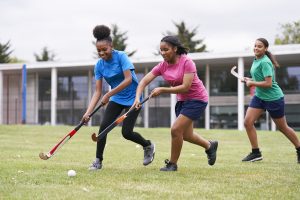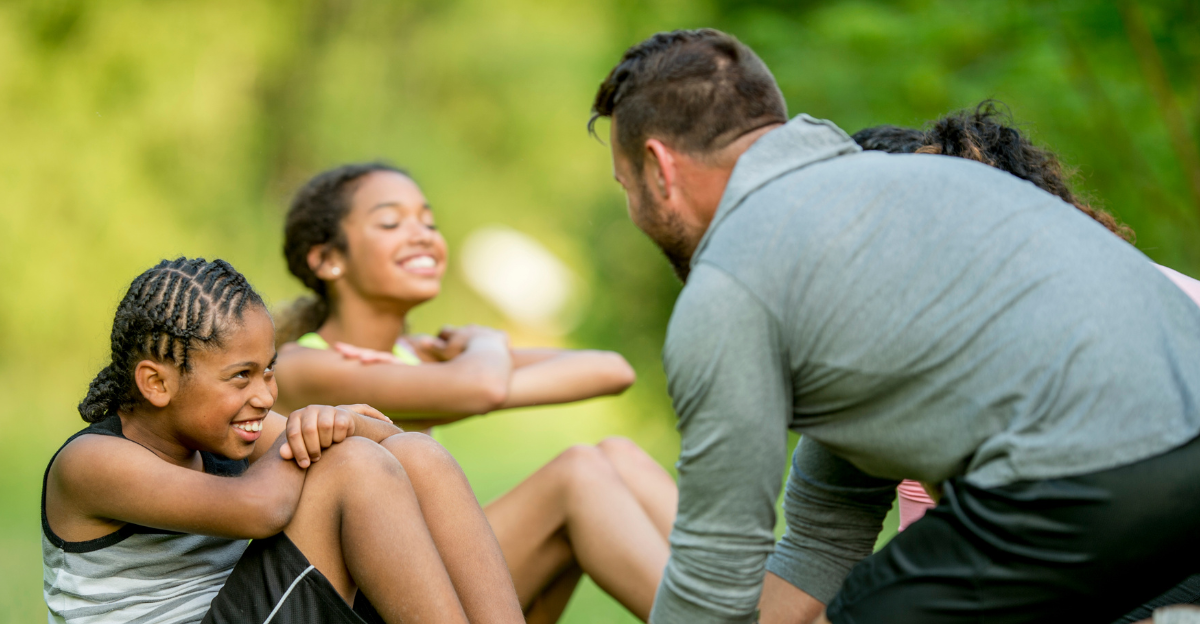
Women in Sport: What did your father say to you when you were young?
Pioneering female sailor Mandie Cran reflects on her experience as a young girl who dreamt of a career in a male-dominated sport.

Published
Sport England published its latest Active Lives Adult survey report last week, which showed that overall, the number of people playing sport and being active has recovered, after participation fell due to Covid-19 restrictions. However, the data also shows that existing inequalities are widening. The 5% activity gender gap is now the biggest it’s been since reporting began, with 66% of men achieving the recommended 150+ minutes of activity per week, compared to 61% of women.
When we break activity levels for women by ethnicity the picture is stark. Just 51% of Black women are ‘active’ compared with 62% of Black men, a gender gap of 11%. Asian women and those of ‘other ethnicity’ are also far less active than men of the same ethnicity and compared with White British women*.

Female participation in sport has been slower to recover since the pandemic, in part due to the fact indoor sports like netball were stopped for much longer than outdoor sports like football. The cost-of-living crisis has also seen women deprioritise spending on sport and leisure. This is notable in the activity levels of adults from the least affluent social groups and within the most deprived areas of the country, which have failed to recover to pre-pandemic levels. Inactivity levels among women have also increased, with 27% of women doing less than 30 minutes of activity a week, 3% higher than men. Soaring energy bills are having a huge impact on the leisure sector, with pools, gyms and leisure centres around the country cutting provision or facing closure, which disproportionately affects women.
The achievements of the Lionesses in last summer’s European Championship had little impact to inspire more adult women into team sport. There has been a 1% increase in female participation, but overall just 3% of women regularly play a team sport (participated twice in the last 28 days), compared to 11% of men. To put that into context, the number of women taking part would fill Wembley Stadium eight times over. The number of men would fill the stands 35 times over.
Women are also much less likely to participate in strength training with 8% fewer women than men (40% to 48%) taking part in muscle strengthening activity at least twice a week. The long-term impact of this is putting women at greater risk of diseases such as osteoporosis particularly post-menopause.
When it comes to mental wellbeing on average women are less likely to be satisfied with their lives, have increasing levels of unhappiness and are more anxious than men. Women also experience higher levels of loneliness, with 29% of women experiencing loneliness, compared to 20% of men. When it comes to sport and physical activity women feel less capable, feel as though there are fewer opportunities to be active and are less likely to find sport enjoyable and satisfying than men.
Activity can be a solution to ease loneliness, with those who are active being less likely to feel lonely than those who are least active. Volunteering can also alleviate loneliness even among those who aren’t active. Again, men are almost twice as likely than women (64% to 36%) to regularly volunteer to support sport and physical activity on a weekly basis. Time constraints due to the pressure on women to be the main care giver within families, and the cumulative impact of stereotyping over the course of a woman’s life leave many with little energy or support for volunteering to feel a viable option.
Even though so many activities have returned to pre-pandemic levels, it is deeply concerning that so many women are still on the side lines and the gender gap is increasing.Stephanie Hilborne OBE, Women in Sport CEO
Women in Sport CEO, Stephanie Hilborne OBE said: “The Covid-19 pandemic took away freedoms many of us took for granted and limited the opportunities we had to participate in sport. But even though so many activities have returned to pre-pandemic levels, it is deeply concerning that so many women are still on the side lines and the gender gap is increasing.

“Currently 97% of women do not regularly participate in team sport, despite it being vital for developing so many life skills including resilience, communication, and leadership. Currently, the majority** of primary aged boys play football outside of school while more girls are taking part in aesthetic sports in keeping with gender stereotyping. If we don’t provide girls with the opportunity to experience the freedom of non-artistic sport and sense of belonging that comes with being part of a team while they are young it becomes increasingly impossible as women become weighed down with the burdens and responsibilities of adulthood.
“As we move further away from the long days of lockdown Britain, we must not forget how isolating and desolate a time it was. Yet, many women are still experiencing so many restrictions, on their time, their finances and their health. It’s vital we work to close the gender gaps and allow more women to experience the freedom and joy that sport can bring.”
* Activity gender gap by ethnicity:
White British: 5% gender gap (67% male, 62% female)
Black: 11% gender gap (62% male, 51% female)
Other ethnic groups: 10% gender gap (60% male, 50% female)
Asian (exc. Chinese): 10% gender gap (60% male, 50% female)
**66% of boys aged 5-11 take part in football regularly outside of school. For girls the activities are swimming 45%, dance 36%, gymnastics 34%. (Women in Sport x Savanta 2023)

Pioneering female sailor Mandie Cran reflects on her experience as a young girl who dreamt of a career in a male-dominated sport.

With high-profile sportsmen Ugo Monye, Andy Murray and Siya Kolisi voicing their support for women's sport, we reflect on why male allyship is essential to change the game.